Pruning hydrangeas can be easy. It helps your plants grow strong. This guide will help you learn how to prune hydrangeas. You will find simple steps. You will also learn the best time to prune.
Why Prune Hydrangeas?
Pruning is important for many reasons. Here are some key reasons:
- Encourages Growth: Pruning helps new growth.
- Improves Shape: It keeps the plant looking nice.
- Removes Dead Wood: This helps the plant stay healthy.
- Increases Blooms: More flowers can appear after pruning.
When Should You Prune Hydrangeas?
Knowing when to prune is very important. Different types of hydrangeas need different times to prune.
1. Pruning Bigleaf Hydrangeas
Bigleaf hydrangeas bloom on old wood. This means you should prune them after they flower. This usually happens in late summer.
2. Pruning Panicle Hydrangeas
Panicle hydrangeas bloom on new wood. You can prune them in late winter or early spring. This is before they start to grow leaves.
3. Pruning Smooth Hydrangeas
Smooth hydrangeas also bloom on new wood. Like panicle hydrangeas, prune them in late winter or early spring.
4. Pruning Oakleaf Hydrangeas
Oakleaf hydrangeas bloom on old wood. Prune them right after they flower, in summer.
Tools You Will Need
Before you start pruning, gather your tools. Here is a list of what you need:
- Pruning Shears: Use sharp shears for clean cuts.
- Loppers: For thicker branches, use loppers.
- Gloves: Wear gloves to protect your hands.
- Rubbing Alcohol: Clean tools to avoid spreading disease.
Steps to Prune Hydrangeas
Follow these simple steps to prune your hydrangeas.
Step 1: Prepare Your Tools
Start by cleaning your tools. Use rubbing alcohol to wipe them. This will help keep your plant healthy.
Step 2: Assess The Plant
Look at your hydrangea. Check for dead or damaged branches. Identify where to make cuts. This will help you make good choices.
Step 3: Remove Dead Wood
Cut away any dead or damaged branches. Make clean cuts close to the base. This helps the plant heal.
Step 4: Shape The Plant
Next, shape your hydrangea. Trim any branches that stick out. This will keep the plant looking nice.
Step 5: Cut For Growth
If your hydrangea is too dense, thin it out. Remove some older stems. This allows light to reach the center.
Step 6: Final Touches
After pruning, step back and look. Make sure the shape is good. Adjust if needed. Clean up any fallen branches.
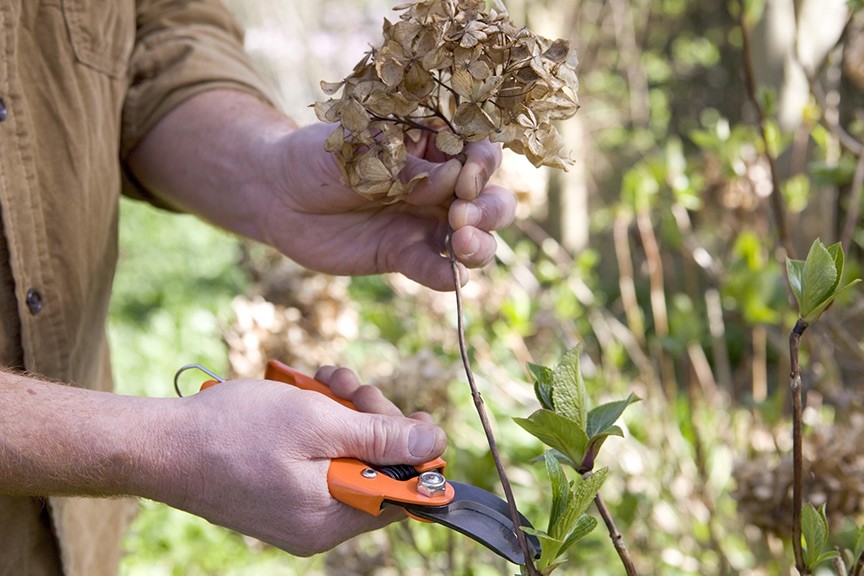
Credit: www.gardenersworld.com
Common Mistakes to Avoid
Pruning can be tricky. Here are some mistakes to avoid:
- Pruning at the Wrong Time: Check your hydrangea type.
- Cutting Too Much: Only remove what is necessary.
- Ignoring Dead Wood: Always remove dead branches.
- Not Cleaning Tools: This can harm your plants.
Aftercare for Pruned Hydrangeas
After pruning, take care of your hydrangeas. Here are some tips:
- Water: Give them plenty of water.
- Fertilize: Use a balanced fertilizer.
- Mulch: Add mulch to keep moisture.
Frequently Asked Questions
1. Can I Prune My Hydrangeas In The Fall?
It is not best to prune in fall. You might cut buds for next year. It is better to wait until spring or summer.
2. What If I Forget To Prune?
If you forget, don’t worry. Your hydrangeas will still bloom. You can prune them the next year.
3. How Much Can I Cut Off?
Only cut about one-third of the plant. This helps keep it healthy and blooming.
4. Will Pruning Change My Flower Color?
Pruning does not change flower color. Color depends on the soil and plant type.
5. Do I Need To Prune Every Year?
Not every hydrangea needs yearly pruning. Some only need it every few years. Check your plant’s needs.
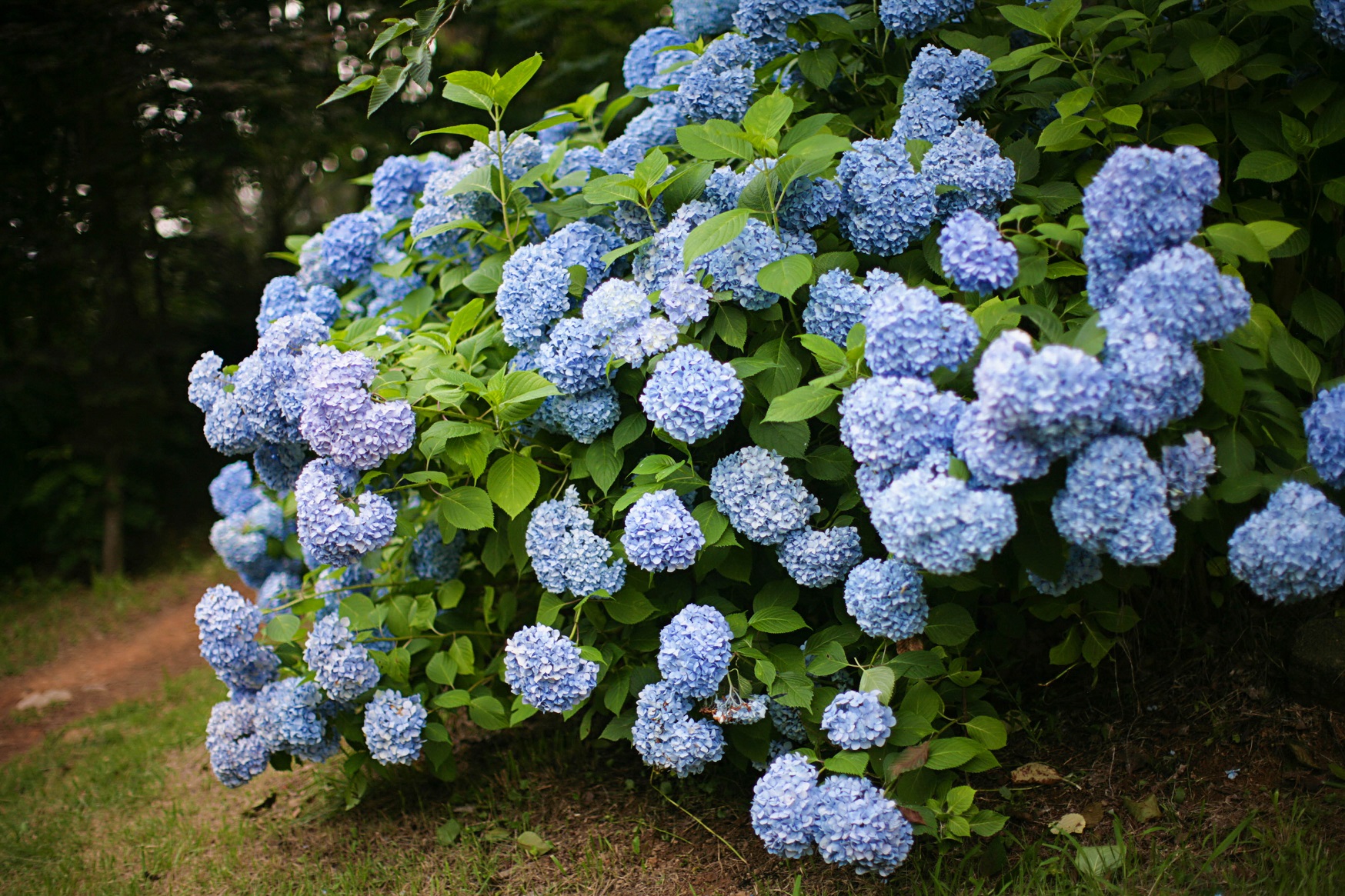
Credit: www.bartlett.com
Conclusion
Pruning hydrangeas is a simple task. It helps your plants grow and bloom. Remember to check the type of hydrangea you have. Use the right tools. Follow the steps carefully. With a little practice, you will become confident in pruning. Your hydrangeas will thank you with beautiful blooms!


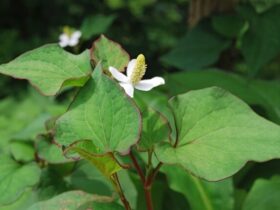
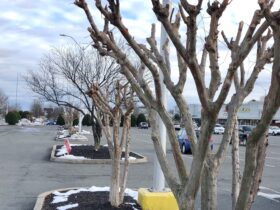

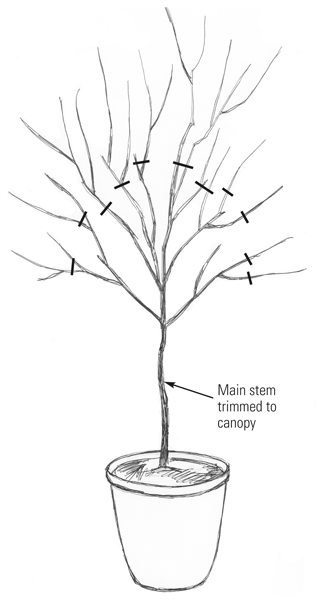
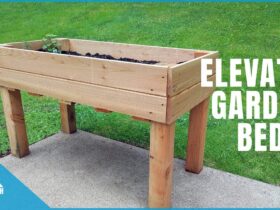


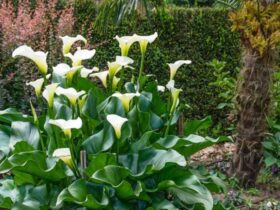
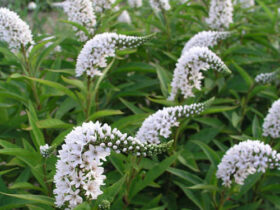
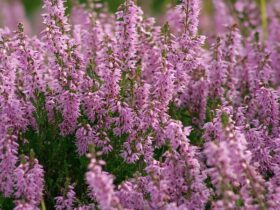
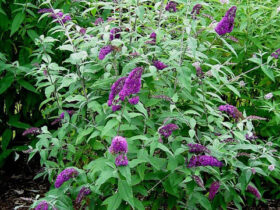



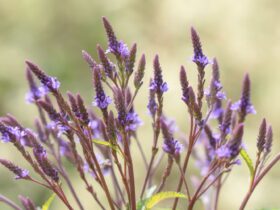
Leave a Review